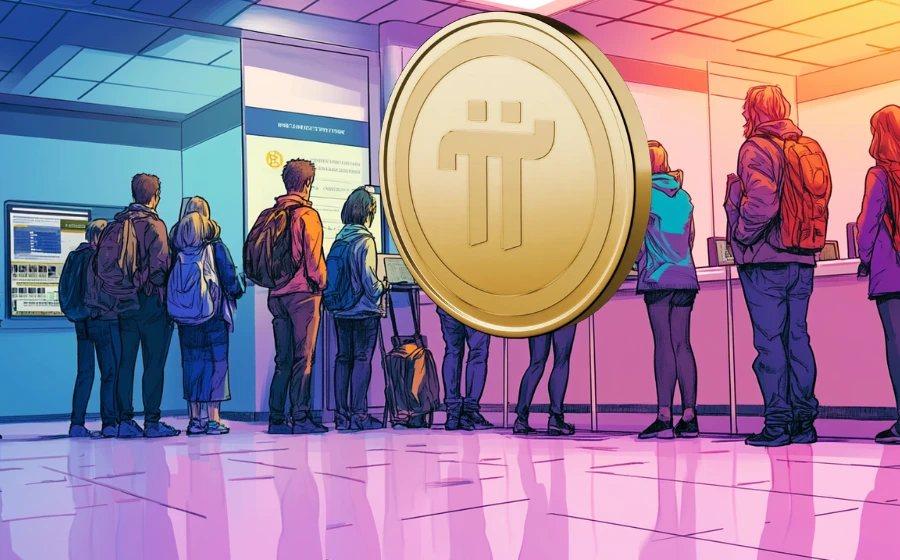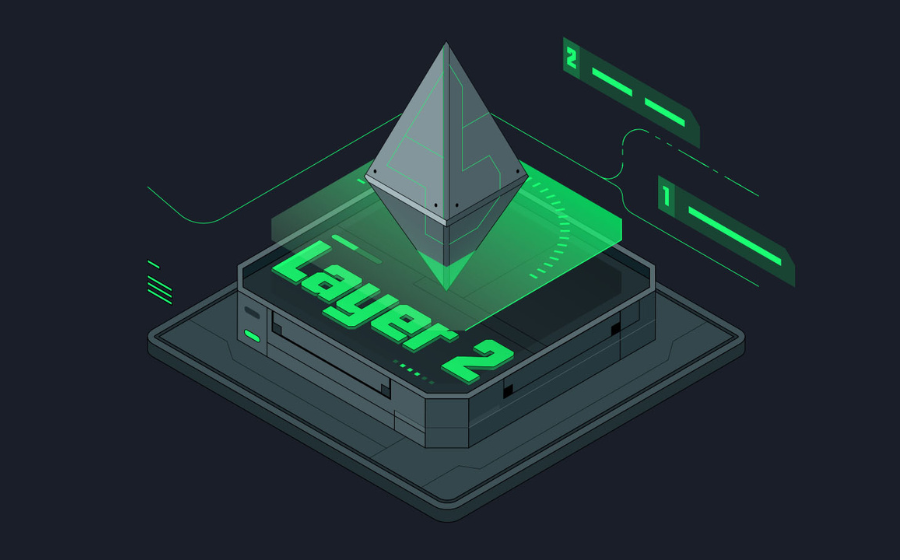
KEYTAKEAWAYS
-
Nubila.ai is building the physical perception layer for AI, creating a decentralized network of weather stations that transform real-world signals into machine-readable intelligence for both enterprises and Web3 ecosystems.
-
The company’s partnership with IBM’s Weather Underground gives it a powerful credibility moat, granting access to global data clients like Google and Apple while validating Nubila’s data quality and enterprise readiness.
-
By integrating the x402 protocol and expanding into prediction oracles, Nubila aims to connect AI agents, DePIN networks, and financial markets—turning environmental data into a new class of real-world asset for the machine economy.

CONTENT

In the next frontier of the crypto world, a new question is emerging — if artificial intelligence is to truly understand the world, it must first be able to sense it. Nubila.ai is the company attempting to answer that question. It doesn’t build models or run inference. Instead, it focuses on giving AI the ability to see, hear, and feel the physical world.
Founded in 2024, Nubila set out an ambitious vision: to build the physical perception layer for AI, a global decentralized network of micro weather stations capable of capturing temperature, humidity, wind speed, and UV levels in real time — and turning them into machine-readable intelligence.
At first glance, it sounds like another weather-based DePIN project. But Nubila’s story is far larger. Its mission is to become the sensory cortex of the AI economy, enabling machines to perceive the real world and make better decisions in finance, energy, and agriculture. As co-founder Toby Skinner once said, “If ChatGPT is the brain, we are its senses.”
THE INVISIBLE NETWORK BEHIND IBM
Nubila’s rise was not driven by hype or speculation. It began as a small team of fewer than ten people, armed with one solar-powered weather device and a decentralized validation mechanism. The turning point came in early 2025, when IBM’s Weather Underground announced a strategic partnership with Nubila, integrating its data into IBM’s quality-control and forecasting systems.
Weather Underground is one of the world’s largest weather data providers, serving global clients such as Google, Apple, and Samsung. The partnership meant that Nubila’s hyperlocal readings could indirectly flow into products used by millions — and that the young DePIN startup had suddenly earned enterprise-level credibility.
Industry analysts called it a “Trojan horse” strategy: rather than spending years trying to sell into corporate environments, Nubila entered through IBM’s back door. The announcement also triggered a wave of investor attention. In October 2025, Nubila raised an $8 million seed round led by Blockspace Force and Quantum Holdings, bringing its total funding to $10.5 million. Strategic participation from IoTeX and VeChain gave the project a foothold in the broader DePIN ecosystem.
While the founders remain relatively low-profile, their execution speaks for itself. With IBM’s backing and a clear narrative around “AI’s sensory cortex,” Nubila has successfully repositioned itself from a small DePIN startup to an infrastructure layer at the intersection of AI, data, and climate finance.
FROM ONE DEVICE TO A DECENTRALIZED FLYWHEEL
At the heart of Nubila’s network lies the Marco device — a compact weather station that looks more like a smart speaker than an industrial sensor. Each unit is solar-powered, equipped with a 4000mAh battery, and designed for “install once, forget forever” operation. Users simply mount it outdoors, and it begins streaming environmental data to the blockchain.
This accessibility is what fuels Nubila’s expansion. The network operates as a closed data flywheel: collect → verify → anchor → deliver. Each Marco device acts as a nerve ending, capturing localized readings that are cross-validated by a distributed node network before being immutably recorded on-chain. The verified data is then processed by AI models and delivered as machine-readable intelligence through Nubila’s real-world data oracle.

The real innovation lies in the trust layer. Nubila is integrating blind computation from Nillion, enabling encrypted AI analysis without exposing sensitive user data. This privacy-first architecture directly addresses what many DePIN networks have ignored — the tension between data monetization and individual privacy. As regulators tighten scrutiny on environmental and location data, Nubila’s early move into encrypted computation could become a defining advantage.
Economically, the project runs on a “Collect to Earn” model. Data contributors — whether hardware owners or validator nodes — earn $NB tokens for verified submissions. On the demand side, enterprises and Web3 developers pay for API access using $NB or through x402 protocol payments, which allow autonomous agents to transact without intermediaries. This creates a self-reinforcing loop: more data drives higher token demand, which fuels greater network participation and expansion. The result is a sustainable DePIN economy rather than a short-term mining rush.
FROM WEATHER TO FINANCE
Where most DePIN projects stop at physical infrastructure, Nubila is building an entire value layer on top. The $NB token serves five key purposes: data rewards, staking and validation, access payments, governance, and — most notably — prediction-market settlement.
This final use case marks Nubila’s move into on-chain finance. By becoming a weather oracle, Nubila aims to supply verified real-world data to derivatives, insurance, and prediction markets. In the future, whether it’s a rainfall-based crop insurance policy or a climate bet on Polymarket, Nubila’s oracles could serve as the neutral arbiter of truth. The company calls it a “shovel seller strategy” — it earns fees regardless of who wins the trade.
Even more forward-looking is its adoption of the x402 protocol, the open standard introduced by Coinbase that allows AI agents to execute on-chain payments autonomously. By embedding x402 into its data layer, Nubila enables machines to directly purchase and settle for real-world information — the first step toward a machine-to-machine (M2M) economy.
In this vision, AI agents will no longer just consume free data; they will become active economic participants that pay for verified information. Nubila, in turn, becomes the vending machine of the autonomous web — a gateway through which intelligent systems can buy real signals from the physical world. For investors and builders alike, it represents a rare convergence of DePIN, AI, and fintech into a single self-governing ecosystem.
THE RACE FOR SCALE
The decentralized weather race is intensifying. Rivals such as WeatherXM and Skyex have strong technical foundations and larger fundraising rounds, but Nubila’s differentiation lies elsewhere — in strategy, efficiency, and narrative.
First, the IBM partnership gives Nubila an unmatched credibility moat. Enterprise clients can trust that its data meets global quality standards. Second, the hardware economics are superior. At a preorder price of just $249, Marco stations cost less than half of WeatherXM’s competing devices, allowing Nubila to scale rapidly. Internal figures suggest the network now operates between 20,000 and 32,000 active stations — already among the densest in the sector.
Third, Nubila’s macro narrative stretches beyond weather. Its verified environmental data fits perfectly within the rising ESG and RWA movements, serving the trillion-dollar market for compliance reporting, green bonds, and parametric insurance. By treating environmental data as a new class of on-chain real-world asset, Nubila positions itself at the intersection of sustainability and decentralized finance.
Still, the road ahead is steep. Manufacturing and distributing tens of thousands of physical devices poses serious logistical risks. Token incentives must remain sustainable to retain contributors. Competitors with deeper pockets could outpace Nubila in network density. And transparency remains an ongoing concern — anonymous teams may be tolerated in crypto, but enterprise clients demand clearer governance.
Even so, Nubila’s trajectory is hard to ignore. It sits at the crossroads of AI perception, decentralized infrastructure, and environmental finance — three megatrends that define the next decade of the digital economy.
In an age when machines are learning to act like humans, Nubila has chosen the opposite path: teaching them to feel. Perhaps in the near future, when we talk about artificial intelligence, it will no longer mean abstract algorithms but a collective sense built by thousands of weather nodes and millions of contributors. That will be the moment AI truly gains a sense of touch.













